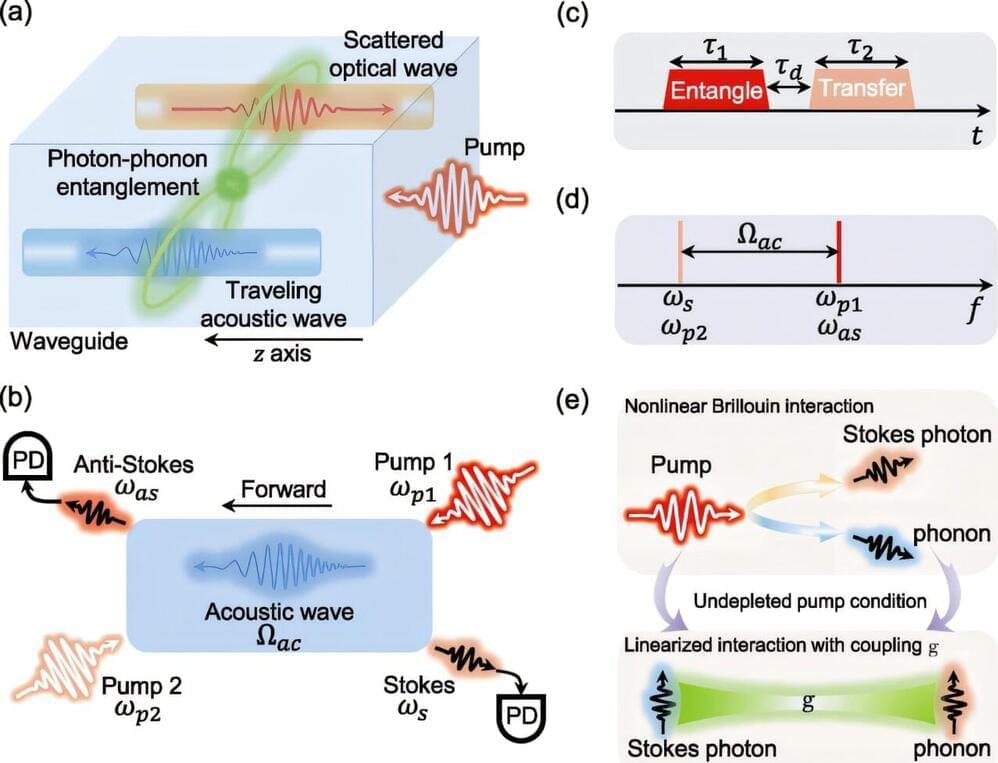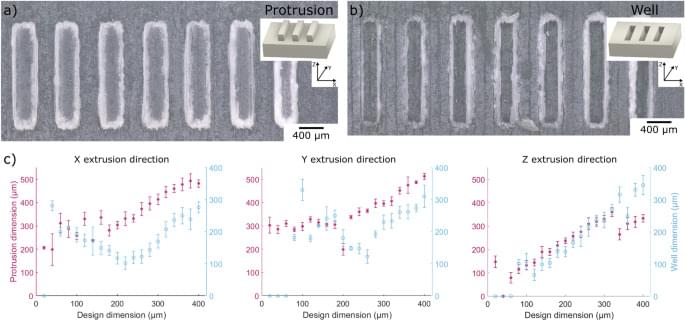The excessive use of computers or the fact of being detrimentally influenced by computers.
computeritis, n. meanings, etymology, pronunciation and more in the Oxford English Dictionary.



Summary: Adolescents are known for making less optimal, noisy decisions, but a recent study reveals that these tendencies decrease with age and are linked to improvements in complex decision-making skills. Researchers found that decision noise, or variability in choices, mediates age-related gains in goal-directed behaviors and adaptability.
Adolescents may rely on less efficient strategies due to limited cognitive resources, which makes them more susceptible to emotional and motivational influences. These findings shed light on the computational mechanisms behind developmental shifts in decision-making and open avenues for understanding neurodevelopmental disorders.
In this video I discuss probabilistic computing that reportedly allows for 100 million times better energy efficiency compared to the best NVIDIA GPUs.
Check out my new course on Technology and Investing in Silicon:
https://www.anastasiintech.com/course.
The first 50 people to sign up get 25% off with the code “EARLY25”
Timestamps:
00:00 — Probabilistic Computing.
9:24 — Thermodynamic Computing.
Let’s connect on LinkedIn ➜ / anastasiintech.
My Deep In Tech Newsletter ➜ https://anastasiintech.substack.com.
Support me at Patreon ➜ / anastasiintech.

A group of South Korean researchers has successfully developed an integrated quantum circuit chip using photons (light particles). It is a system capable of controlling eight photons using a photonic integrated-circuit chip. With this system, they can explore various quantum phenomena, such as multipartite entanglement resulting from the interaction of the photons.

Photons, however, are volatile. Therefore, feasible alternatives are being sought for certain applications, such as quantum memory or quantum repeater schemes. One such alternative is the acoustic domain, where quanta are stored in acoustic or sound waves.
Scientists at the MPL have now indicated a particularly efficient way in which photons can be entangled with acoustic phonons: While the two quanta travel along the same photonic structures, the phonons move at a much slower speed. The underlying effect is the optical nonlinear effect known as Brillouin-Mandelstam scattering. It is responsible for coupling quanta at fundamentally different energy scales.
In their study, the scientists showed that the proposed entangling scheme can operate at temperatures in the tens of Kelvin. This is much higher than those required by standard approaches, which often employ expensive equipment such as dilution fridges. The possibility of implementing this concept in optical fibers or photonic integrated chips makes this mechanism of particular interest for use in modern quantum technologies.

In our increasingly interconnected digital world, the foundations of secure communication and data privacy are built upon cryptographic algorithms that have stood the test of time.
Discover how quantum computing threatens current API security and learn strategies to prepare your APIs for Q-Day by adopting post-quantum cryptography solutions.


I believe that nanotechnology could be imbedded into paper so a paper computer could give one the same information as a smartphone but at pennies per smartphone. Right now we can print out 3D copies of paper phones and other things next would be nanotechnology made of paper with quantum mechanical engineering.
Irish company Mcor’s unique paper-based 3D printers make some very compelling arguments. For starters, instead of expensive plastics, they build objects out of cut-and-glued sheets of standard 80 GSM office paper. That means printed objects come out at between 10–20 percent of the price of other 3D prints, and with none of the toxic fumes or solvent dips that some other processes require.
Secondly, because it’s standard paper, you can print onto it in full color before it’s cut and assembled, giving you a high quality, high resolution color “skin” all over your final object. Additionally, if the standard hard-glued object texture isn’t good enough, you can dip the final print in solid glue, to make it extra durable and strong enough to be drilled and tapped, or in a flexible outer coating that enables moving parts — if you don’t mind losing a little of your object’s precision shape.
The process is fairly simple. Using a piece of software called SliceIt, a 3D model is cut into paper-thin layers exactly the thickness of an 80 GSM sheet. If your 3D model doesn’t include color information, you can add color and detail to the model through a second piece of software called ColorIt.

Year 2021 face_with_colon_three
Scientific Reports — 3D printed microfluidic lab-on-a-chip device for fiber-based dual beam optical manipulation. The final 3D printed chip offers three key features, such as an optimized fiber channel design for precise alignment of optical fibers, an optically clear window to visualize the trapping region, and a sample channel which facilitates hydrodynamic focusing of samples. A square zig–zag structure incorporated in the sample channel increases the number of particles at the trapping site and focuses the cells and particles during experiments when operating the chip at low Reynolds number. To evaluate the performance of the device for optical manipulation, we implemented on-chip, fiber-based optical trapping of different-sized microscopic particles and performed trap stiffness measurements. In addition, optical stretching of MCF-7 cells was successfully accomplished for the purpose of studying the effects of a cytochalasin metabolite, pyrichalasin H, on cell elasticity. We observed distinct changes in the deformability of single cells treated with pyrichalasin H compared to untreated cells. These results demonstrate that 3D printed microfluidic lab-on-a-chip devices offer a cost-effective and customizable platform for applications in optical manipulation.